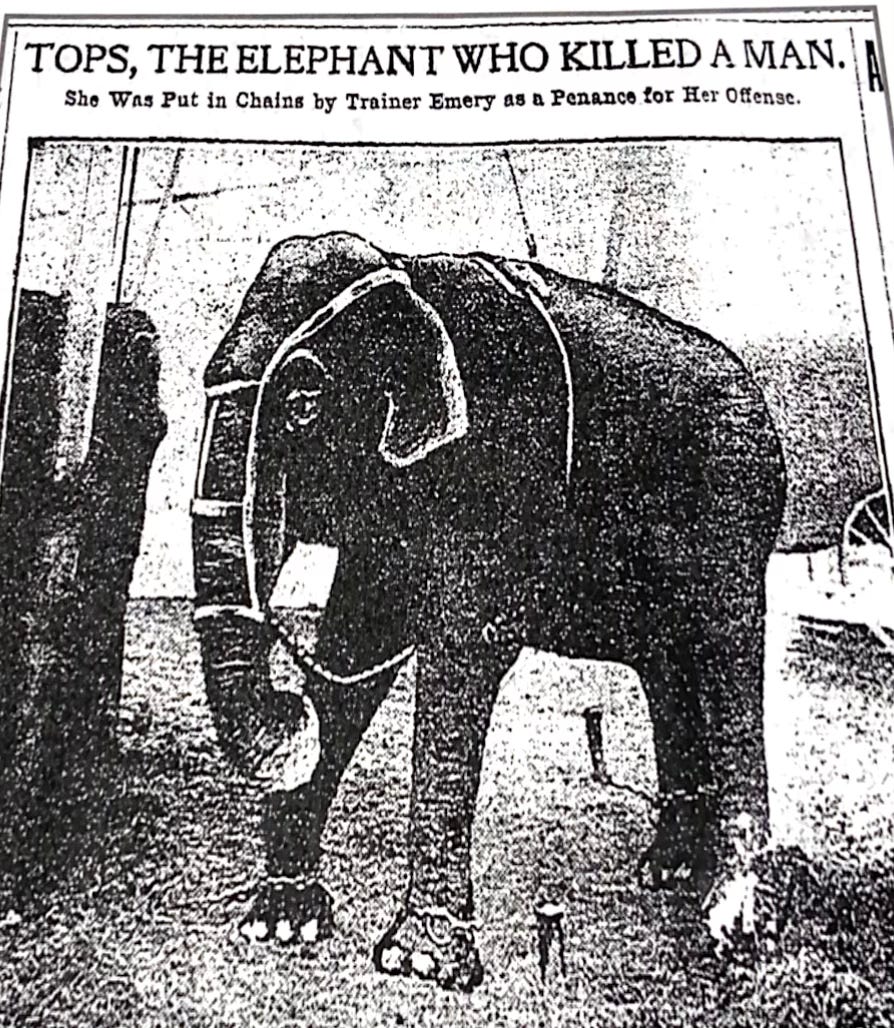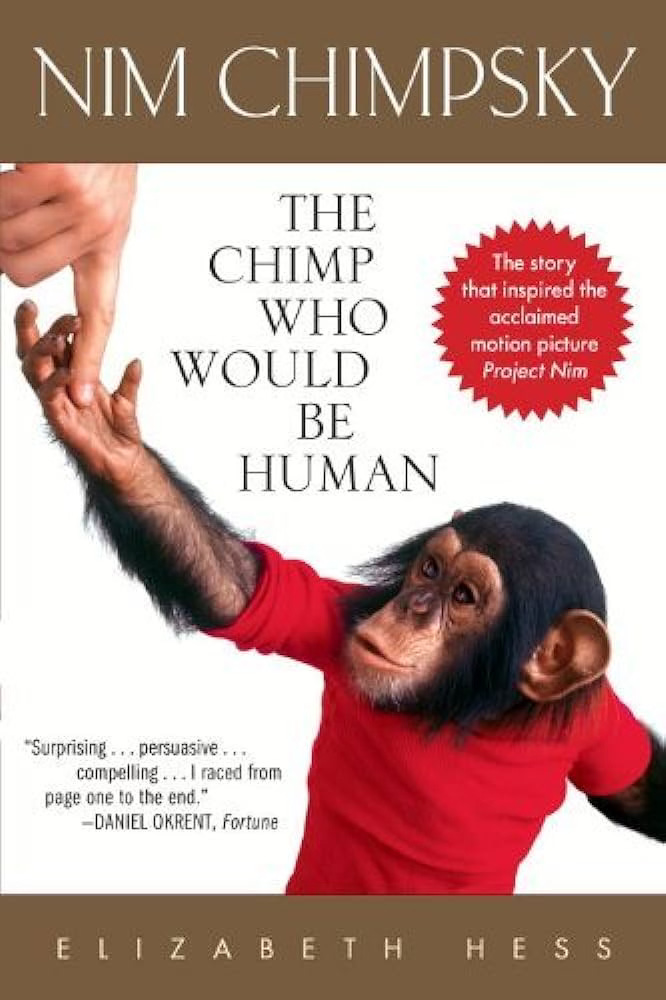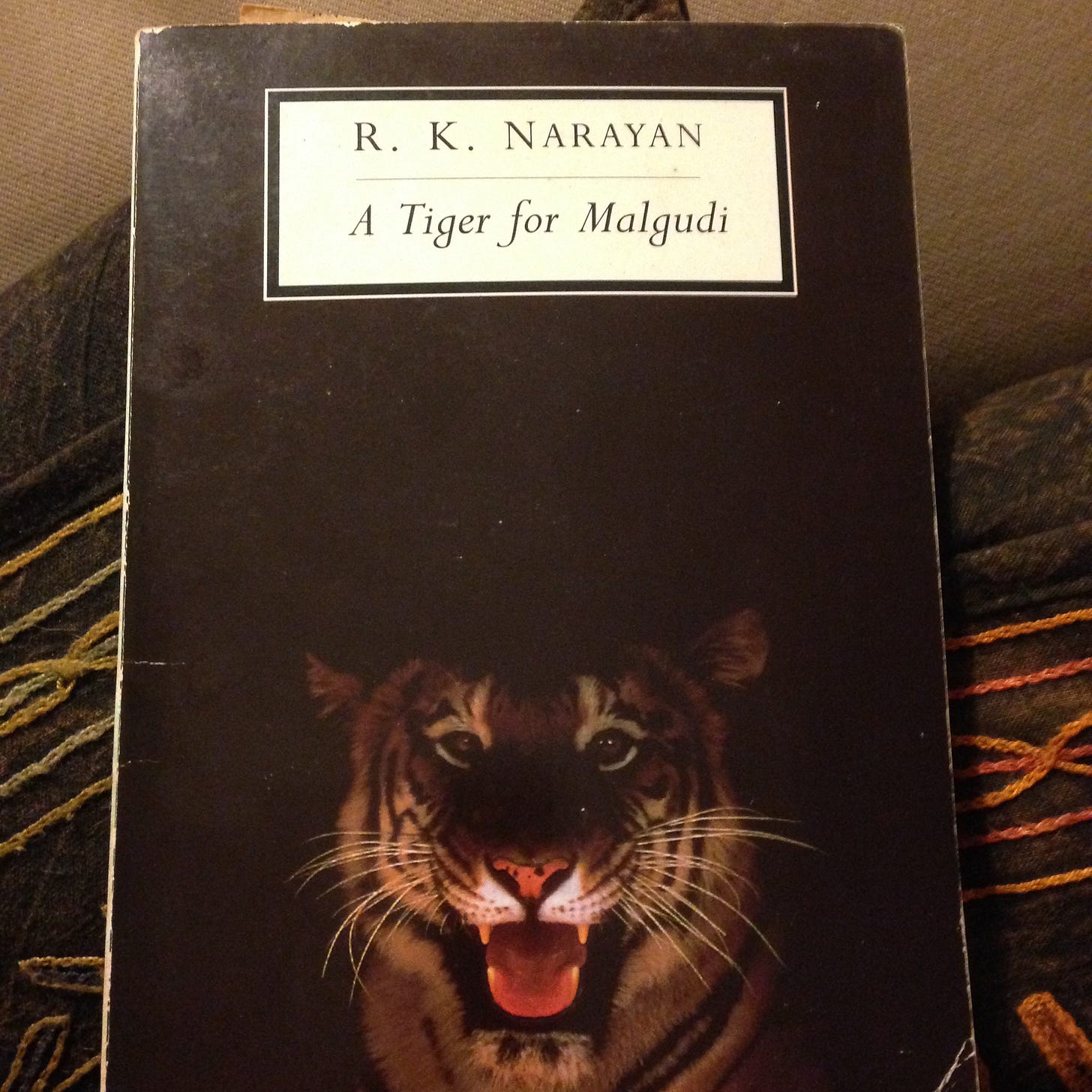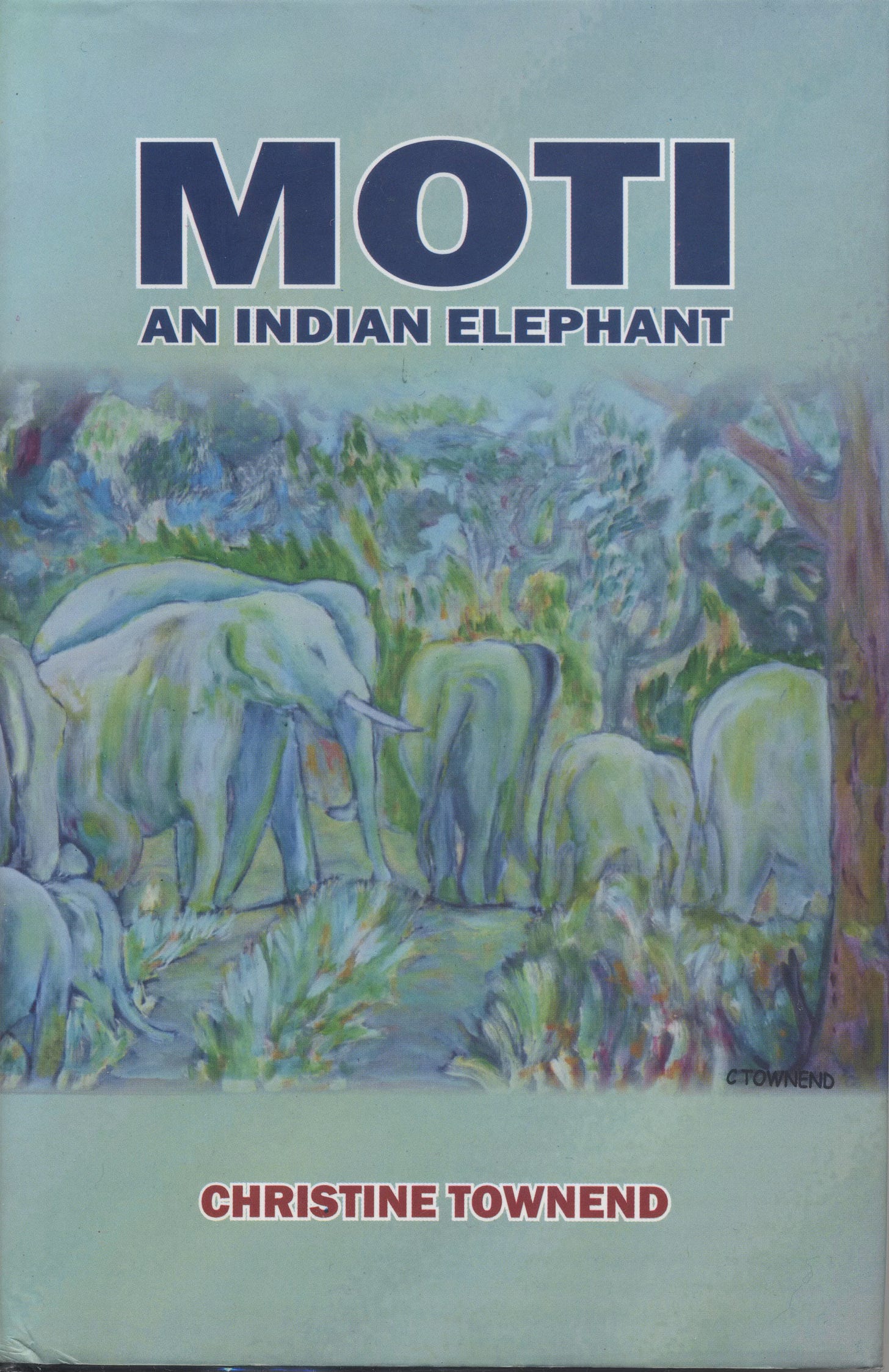I am writing the biography of Topsy, a baby elephant captured in 1875 in Southeast Asia and trafficked to the United States to perform in a travelling circus. I explore both her life and the reasons for the filmed spectacle of her public electrocution on Coney Island, New York, in 1903. With more than 1.6 million views of ‘Electrocuting an Elephant’ on YouTube, her death still resonates today.
Topsy occupies an iconic and tragic role as the United States emerged as a global leader during its Gilded Age (1865 to 1902). I critically explore our past relations with elephants to consider current attitudes toward all animals. This includes the histories of circuses and zoos, electricity and industry, colonialism and globalisation.
Not only was an innocent elephant betrayed by the powerful men who controlled her, though this is important, but also, through the lens of Topsy’s experience, I give voice to her thoughts, feelings, and emotions. I raise the issues of captivity and killing, and answer the question: What would happen if Topsy were alive today?
Elephants are still electrocuted to death, albeit under different circumstances. They are still forced to perform in circus rings and imprisoned in zoos. Die from collisions with vehicles and trains, like Jumbo in 1885. Populations of wild elephants in Africa and Asia are decimated, and their future survival is seriously threatened.
I became aware of Topsy when I saw ‘Electrocuting an Elephant’ in 1982. The anger I felt about her electrocution was matched only by my inability to understand why anyone would want to kill an elephant in such a cruel way. I was outraged by how Topsy became known only by the film of her death, so I vowed to do something to honour Topsy’s life instead. Fast forward to the 2000s, when I realised the only way to make sense of it all was to write her biography. I made this promise to Topsy.
Today, I want to share with you information about the four books that inspired me to write Topsy’s story. Indeed, I have consulted and read many books as part of my research, but these four stand out among them.
Nim Chimpsky: The Chimp Who Would Be Human
Elizabeth Hess
Hess’s accomplishment in Nim Chimpsky is writing the biography of a chimpanzee and the lives of the humans who shaped his life, starting as a controversial research tool and ending as a rescued celebrity. A moving and definitive biography.
Bantam, 2008: ISBN 0553382772
A Tiger for Malgudi
R. K. Narayan
Set in the fictional Indian village of Malgudi, this is a profound story told by a tiger and the holy man who saves him. Narayan skilfully takes their entwined journey with their seamless first-person narrative.
Penguin, 1983: ISBN 0553382772
Moti, An Indian Elephant
Christine Townend
Of all the novels with elephants as the central character, my favourite is Moti, a female Asian elephant who recounts her life in the jungle. Townend succeeds in exploring what it means to be an elephant and immerses the reader in their lives. This book is available from Exotic India.
Prakrit Bharati Academy, 2014: ISBN 0553382772
Elephants on the Edge: What Animals Teach Us about Humanity
G. A. Bradshaw
Trans-species psychologist G. A. Bradshaw’s pioneering research revealed how African elephants communicate with each other beyond our ability to hear their conversations and documented how they suffer from post-traumatic stress disorder (PTSD).
Yale University Press, 2009: ISBN 0553382772









The story of Topsy fills me with so much rage and sadness. It boggles the mind anyone could ever do this. It’s so hard to be an animal lover today, my heart goes out to the OGs..